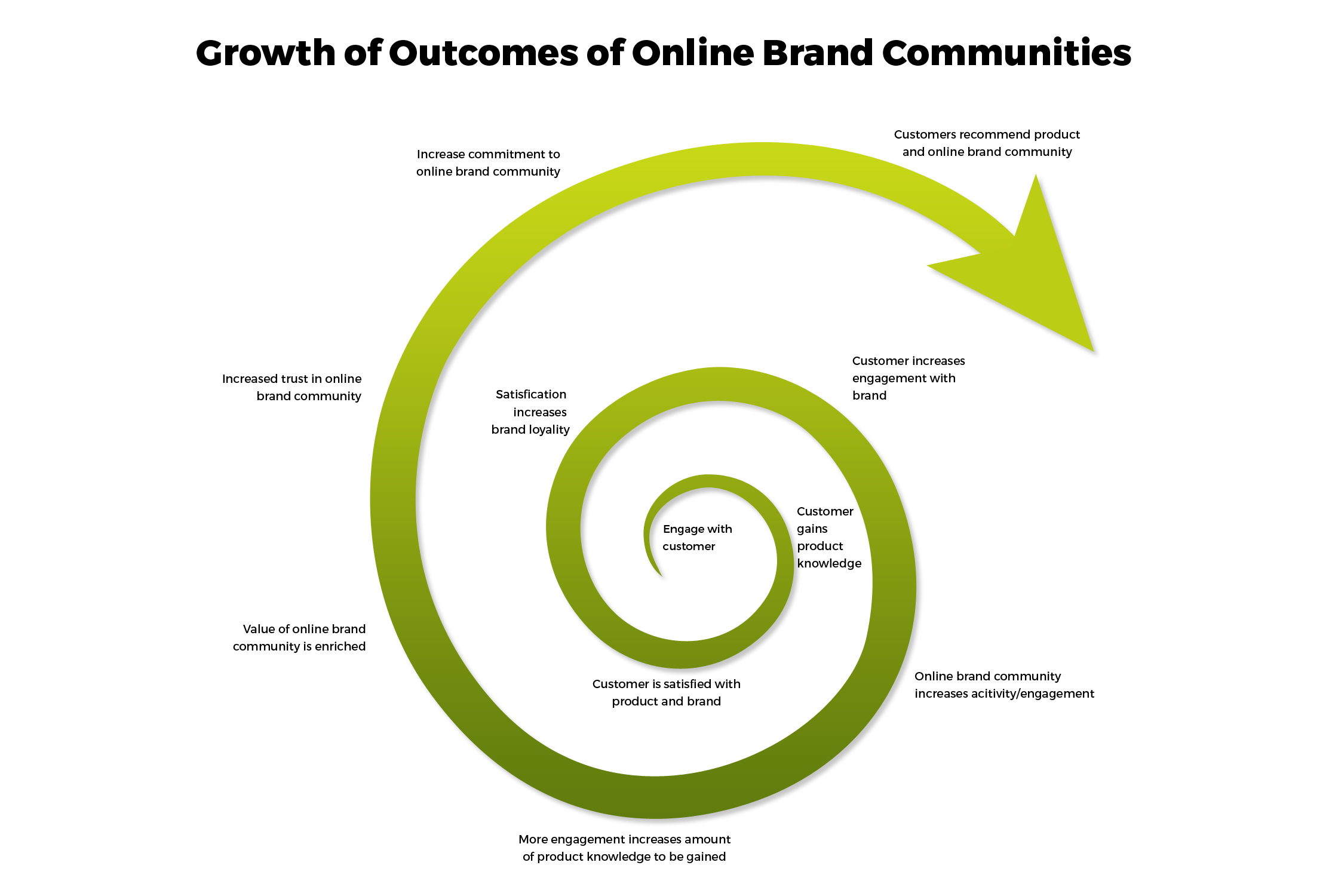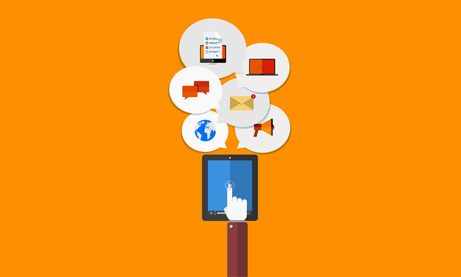Last week we looked what motivates customers to engage in an online brand community. If you haven’t already, go back and read that blog post here.
Continuing with our closer look at the paper titled Managing Brands and Customer Engagement in Online Brand Communities published in the Journal of Service Management, we’ll now examine the outcomes of engaging customers online.
The success of any business, be it online or brick and mortar, depends on customers trusting and returning to the brand.
Bill Gates has been quoted saying,
“The Internet is becoming the town square for the global village of tomorrow.”
So use the digital town square to build trust and commitment with your customers!
Simply having a website with your business’s information isn’t enough. I consider static websites to be the equivalent of a highway billboard in a deserted town. Sure, it can give your company exposure but that’s the end of it. A billboard or informational website won’t increase your customer’s satisfaction.
Instead, you need to have people in the digital town square to talk about your brand and your product. That is, you need to have people interact and be personally involved with your online brand community to humanize your brand.
There are many ways to do this, including group chats which is what RumbleTalk promotes, but today’s article is the outcomes of managing an online brand community.
Reading through the study’s section about outcomes, I pictured a cycle to describe the customer’s perspective and a spiral to describe the brand’s perspective.
Cycle of Customer Engagement
We all generally agree returning customers are essential to the success of a business.
Harnessing the power of online tools to build an online brand community can lead to happy and returning customers. This is how it works:

From a customer’s perspective, as discussed in my previous post, engaging in an online community occurs in order to gain something. For the sake of this example we’ll say the customer is trying to gain knowledge about the product.
When the customer’s expectations for gaining knowledge have been met (or if you’re doing it right, exceeded) their level of satisfaction with your product or brand is increased.
Increased satisfaction creates a higher sense of loyalty to the product or brand.
And this loyalty encourages future customer-brand engagement.
Because this loyal customer is now contributing more to your online brand community, the community as a whole now shares this customer’s perspective and insight which enriches the collective knowledge to generate higher satisfaction.
And the cycle continues increasing the quantity (and hopefully quality) of information about your product and strengthening the customer’s loyalty towards your brand.
The outcome for the online brand community, as observed by researches, is continuing participation, a sense of satisfaction for the customers, and greater trust and commitment to the brand.
Spiral of Growth
Returning customers are necessary, but let’s not forget that new customers also grow profits.
The spiral of outcomes for managing an online brand community begins with the same four steps included in the cycle. But rather than feeding back into a cycle the spiral illustrates the growth that occurs in the online brand community and consequently the business.

The process starts with engaging a customer online, the customer gains product knowledge, becomes satisfied with the product and brand, and the satisfaction increases brand loyalty.
Then, the customer increases engagement with the online brand community and this is where the cycle shifts outward to become a growing spiral.
The online brand community has more activity and engagement than previously which increases the amount of product knowledge to be gained. The value of the online brand community improves which amounts to greater trustworthiness among the online brand community.
When customers know they can trust the online brand community, their trust can be translated to commitment to the brand. This loyalty brings in more customers as the community members recommend the brand, and the brand’s reputation becomes known.
The outcome for the brand itself is higher brand commitment, spirited brand engagement, and brand satisfaction and loyalty, all of which give way to more and better customers.
Should you build an online brand community?
When your competitors are only a few clicks away from stealing away a paying customer, businesses should allocate resources towards building and engaging in an online brand community to enhance their customer satisfaction and loyalty.
Next week, I’ll be writing my final post regarding research of online brand communities. Want more now? You can read the full literature review here.

